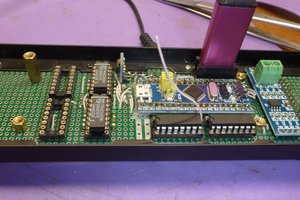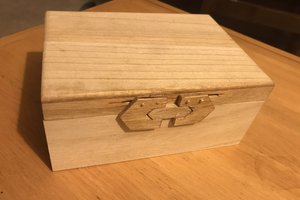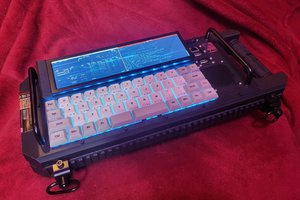All code and OpenSCAD files are GPL v3 licensed and available in the linked GitHub repository.
To build the OpenSCAD files with nice rounded corners you will need to download the roundedcube library from https://danielupshaw.com/openscad-rounded-corners/ and place it in `hardware\case\`. Otherwise you can use the `no-dependencies` branch
 William Buttenham
William Buttenham
 Peter Buckley
Peter Buckley
 Sl_Postmann
Sl_Postmann
 Dan Williams
Dan Williams
 Garra
Garra